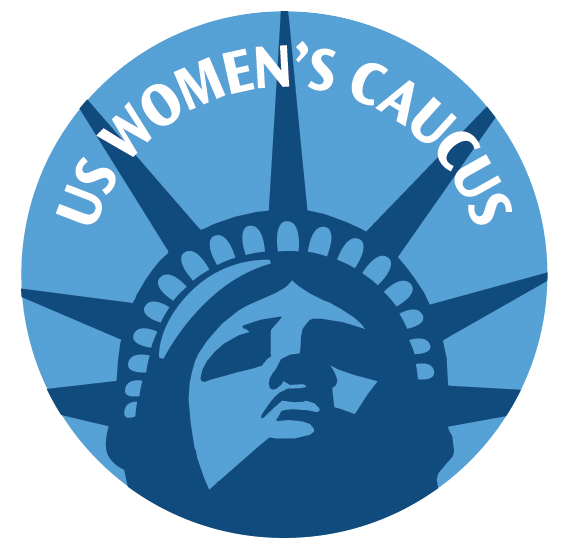What is the Women, Peace and Security Agenda?
The Women, Peace, and Security (WPS) Agenda evolved from UN Security Council Resolution (UNSCR) 1325 , which was unanimously adopted on October 31, 2000. UNSCR 1325 addresses the disproportionate impacts of war on women as well as the pivotal role women play in conflict prevention, conflict management, and sustainable peace efforts. The framework of the resolution consists of four pillars: participation, protection, prevention, and relief and recovery.
The WPS agenda is part of a policy framework that emphasizes the critical role of women in sustainable international peace and security. WPS promotes the assessment of security challenges through a gendered perspective and women’s equal and meaningful participation in peace processes, peacebuilding, and security. In 2005, the Security Council called upon United Nations member states to develop National Action Plans (NAPs) to articulate priorities and identify actions they will take toward implementation of UNSCR 1325 objectives. To date, more than 85 countries have published NAPs.
What has the US done to advance the WPS Agenda?
President Barack Obama signed an Executive Order (13595) in December 2011 instituting the United States National Action Plan on Women, Peace, and Security, officially making WPS a national policy priority.
The US Congress furthered US commitment to the WPS agenda when it passed the Women, Peace, and Security Act of 2017 with broad bipartisan support. President Trump signed it into law on October 6, 2017. The Act mandated training for relevant government personnel on WPS issues and encouraged consultation with stakeholders regarding women’s participation in peace processes.
To implement the WPS agenda, the Act required that the President submit a WPS National Strategy to Congress. In June 2019, the Trump Administration released the United States Strategy on Women, Peace, and Security, making the United States the first country in the world with both a comprehensive law and a whole-of-government strategy on WPS.
What are the objectives of the US Strategy on Women, Peace, and Security?
To achieve the objectives detailed in the WPS Strategy, the US Government must make demonstrable progress on four Lines of Effort (LOEs):
(1) seek and support the preparation and meaningful participation of women around the world in decision-making processes related to conflict and crises;
(2) promote the protection of women and girls’ human rights, access to humanitarian assistance, and safety from violence, abuse, and exploitation around the world;
(3) adjust US international programs to improve outcomes in equality for, and the empowerment of, women; and
(4) encourage partner governments to adopt policies, plans, and capacity to improve the meaningful participation of women in processes connected to peace and security and decision-making institutions.
Resources
UN Security Council Resolution 1325 (pdf)
US National Action Plan 2016 (pdf)
Women, Peace, and Security Act of 2017
US Women, Peace, and Security Strategy 2019 (pdf)
US Civil Society Working Group on Women, Peace, and Security
Department of Defense Implementation Plan 2020 (pdf)
Submitted by Kelly Fisher
